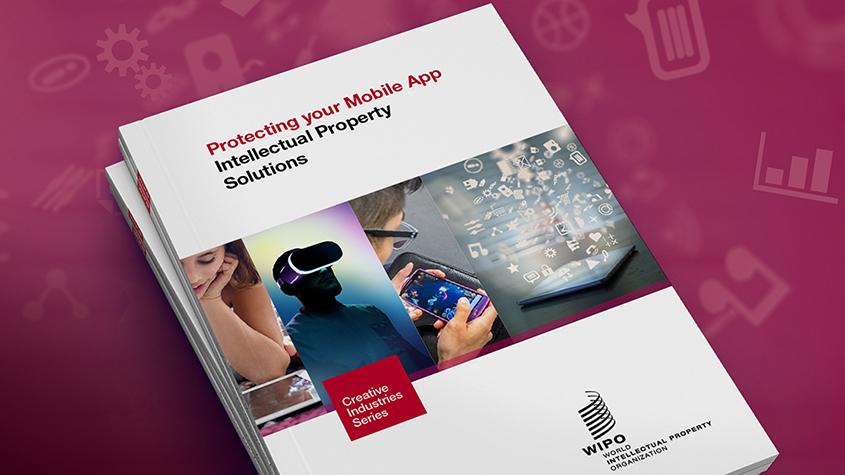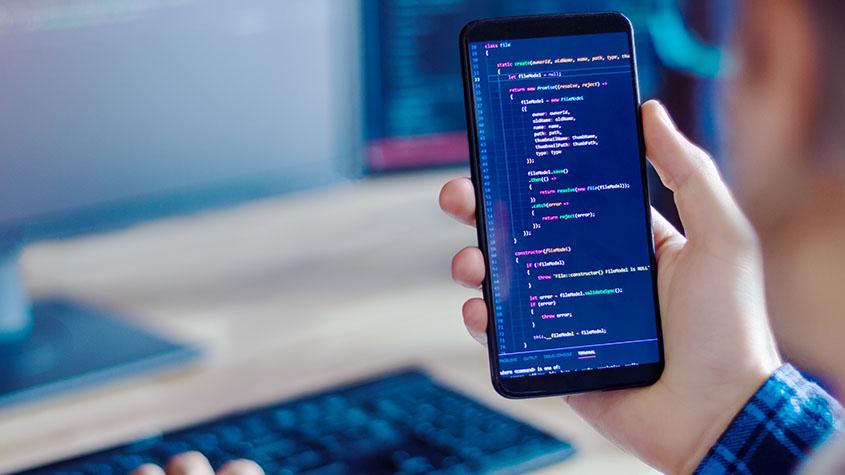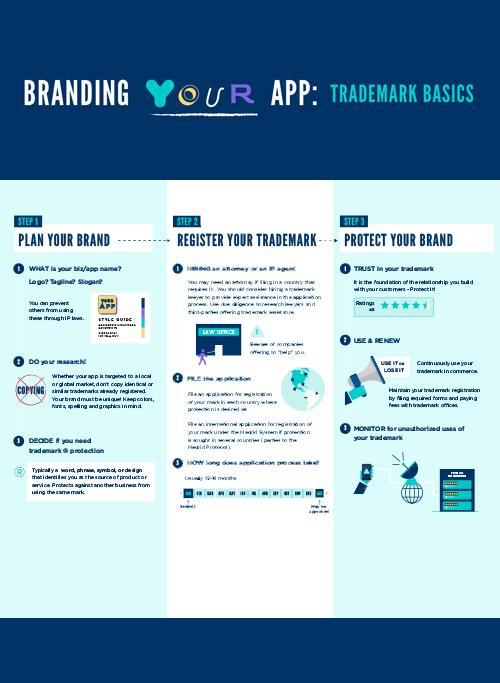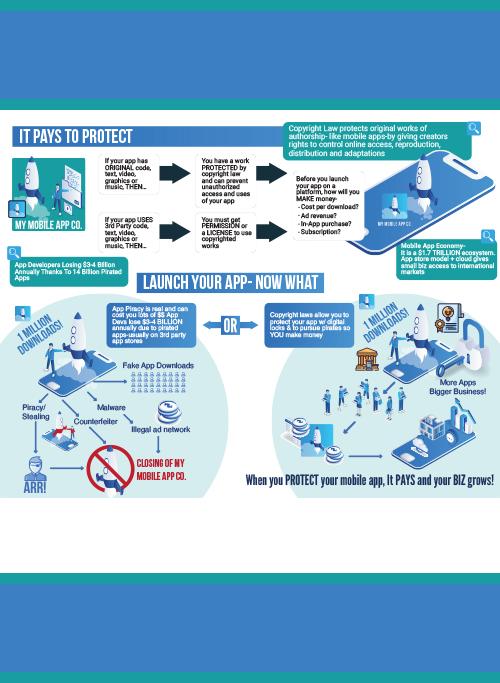Intellectual Property Rights for Mobile Applications
Intellectual property (IP) mechanisms help mobile application developers and publishers to generate more income from their creations.

Protecting Your Mobile App - Intellectual Property Solutions
Mobile apps are multilayered products with different features, protected by various intellectual property (IP) rights.
This publication serves as a guide for app developers and publishers to protect their intellectual property legally.
Infographics on mobile apps’ intellectual property
Learning resources: IP law for App Developers
The five modules below explain how various types of IP interface with the mobile app market and describe the most relevant IP law aspects for app developers and publishers. These modules were developed by Dr. Andres Guadamuz, Senior Lecturer in Intellectual Property Law at the University of Sussex and Editor-in-Chief of the Journal of World Intellectual Property.

Module 2: Copyright
Module 2 introduces copyright protection in detail, exploring concepts such as subject matter, originality, infringement, and defenses. (PDF)

Module 3: Data, Databases and Trade Secrets
Module 3 discusses the relative lack of protection given to data, the lack of international harmonization, and database security. (PDF)

Module 4: Trademarks and Designs
Module 4 discusses trademarks and designs, and it will also mention some relevant aspects, such as domain name registration. (PDF)

Module 5: Enforcement and licensing
The last module looks at more specific questions surrounding the mobile app market, particularly those surrounding enforcement, licensing, and rights management. (PDF)
Events
WIPO Committee on Intellectual Property and Development
The project seeks to improve the understanding of the potential of IP for income generation in mobile applications and to empower mobile application developers with tools for using IP in their work.

Scoping Study on the Availability and IP Tools for Mobile Applications
The scoping study identifies IP protection mechanisms for mobile apps in three beneficiary countries: Kenya, Trinidad and Tobago, and the Philippines.











